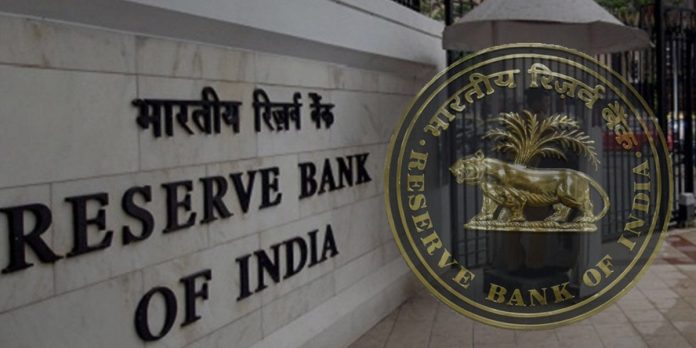RBI Governor Shaktikanta Das has a difficult task in his hands. He must resolve the dilemma of growth inflation and call on the country to extend its moratorium for the second time and to seek the one-time repayment of certain credits. Some bankers have pushed RBI to permit one-time credit restructuring to resolve the problems of non-performing assets (NPAs), which may well soon be reflected as proposed by the RBI report for financial stability. RBI could indeed admit that the inflationary trajectory can continue at around 6% in the short term. It may also recognize that the rate reduction transmission is progressing slowly, but is not sufficient, says the analyst.
Inflation is increasing but in July after a strong recovery in May and June, the economic indicators show signs that the revival trend was slowing down. Although analysts do not worry about 6% higher inflation at present, the credit growth has not greatly boosted since March, 115 basis points repo rate cuts, and 155 basis points reverse repo cuts.
Rate cuts have had little effect on stimulated demand or growth up until then, “said Shanti Ekambaram, Chairperson of Consumer Banking Group at Kotak Mahindra Bank. The banking sector’s total non-food credit rose from 6.7% in June (YoY) to Rs 90 lakh crore. The growth in the last 12 months was flat compared to May, and below the average of 8.4%.
“There will be a targeted breach if inflation stays above 6 percent for the third consecutive quarter of this year. Furthermore, core inflation has been seen in the past two or three months as the trend has risen,” said the brokerage.
“India ‘s operations have failed most in the key economies – whether they be in car sales, PMI, IIP, or imported. Although improvement occurred in May-June, the recovery is still slowing down in July, and at very low levels too. Recovery of growth should be a political priority, as is the case all over the world,” said Edelweiss Securities.
CRA has previously estimated that approximately 10-15% of the moratorium borrowers (out of 30-40 % of the total moratorium lending) are defaulting, with expected declines of between 3 and 6% of progress for the current financial year.
Nagarajan said 30% of the loan book of the banks is for entities rated A and below, and after lifting of the moratorium, substantial stress in the bank books is probable.
Spark Capital said in a July note that a one-time restructuring would appear to be a “turn on the road,” adding that this might be unavoidable because of uncertain cash flows in certain areas.

